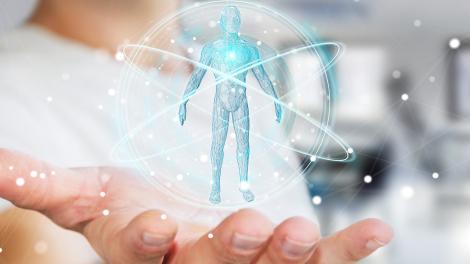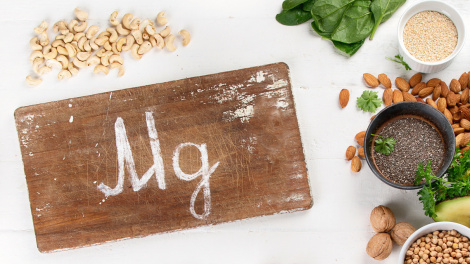Nutritionists are continually debating the good and bad of certain foods and specific diets. Soy is no exception. Here is a top line break down of the good and the bad of soy – based on the latest research.
The benefits of Soy
A Meat Protein Alternative
If you are looking for a meat alternative for your meat-free Mondays, soy might just be it. Vegetarians have been eating soy products as a protein alternative to animal meat products for years. It’s a dietary staple and provides one of the highest protein ratios in plant-based products. Common products include tofu, tempeh and soy milk. 100g tofu has 8g of protein.
Immunity and Physical Health
Soybeans offer a number of antioxidants that are good for cancer prevention and boosting immunity, such as vitamin D and folic acid. Soy is also a source of unsaturated fats that lower cholesterol levels and allow you to prevent heart disease. It also contains two fatty acids – linoleic and linolenic acid – which are necessary to regulate muscle function and blood pressure.
Your bones will also benefit from the vitamin and mineral content in soybeans. Calcium, magnesium, selenium, copper and zinc are all important minerals in bone strength and development, helping prevent diseases like osteoporosis.
The high fibre content of soy aids your body’s digestive system, putting less strain on the gastrointestinal system. Fibre is essential for healthy body function and helps get food through the digestive system smoothly. Because of its fibre content, soy is a great food to relieve constipation, which left untreated can potentially lead to more serious conditions.
Relief of Menopausal Symptoms
Soy contains many isoflavones that are essential components of the female reproductive system. Oestrogen levels drop during menopause, but because isoflavones bind to oestrogen receptor cells they trick your body into thinking it is producing enough oestrogen, even when it’s not. Your body might then respond with fewer hot flashes, mood swings and other symptoms of menopause. Read through our article on the benefits of soy during menopause in more detail.
Things to think about
How it is processed
Because soy beans require a fair amount of processing to take on various forms. Research questions whether the process strips the beans of their nutritional value, changing their natural compounds.
Presence of phytoestrogens (aka isoflavones)
The debate over soy mainly has to do with phytoetrogens, which are plant-derived compounds (found in soybeans) that were believed to behave similarly to oestrogen in the body. For years there's been concern that soy may promote the growth of hormone-sensitive breast cancers. Science has gone back and forth on whether phytoestrogens are beneficial or carry health risks. But the latest research suggests that soy phytoestrogens don't work exactly oestrogen. In fact, recent large analyses have concluded that a diet high in soy does not increase the chances of developing breast cancer and may even reduce the risk, though more research is needed to support the latter finding. (It's also worth noting that there's little research on breast health and soy supplements, which are more concentrated and stripped of other nutrients, so they're not currently recommended.)
Everything in moderation
As with most things in life, too much of a good thing may just be too much. According to Roshini Rajapaksa, MD, assistant professor of medicine at the NYU School of Medicine, it’s safe to eat one or two servings of soy a day, as long as it’s from a natural source or minimally processed. Good options include three ounces of tofu, a half cup of edamame, a cup of soy milk, or one-third cup of soy nuts.
The choice is yours
The research is not definitive, but if you’re unsure of whether soy will be beneficial to your health check in with your health care practitioner.







Comments